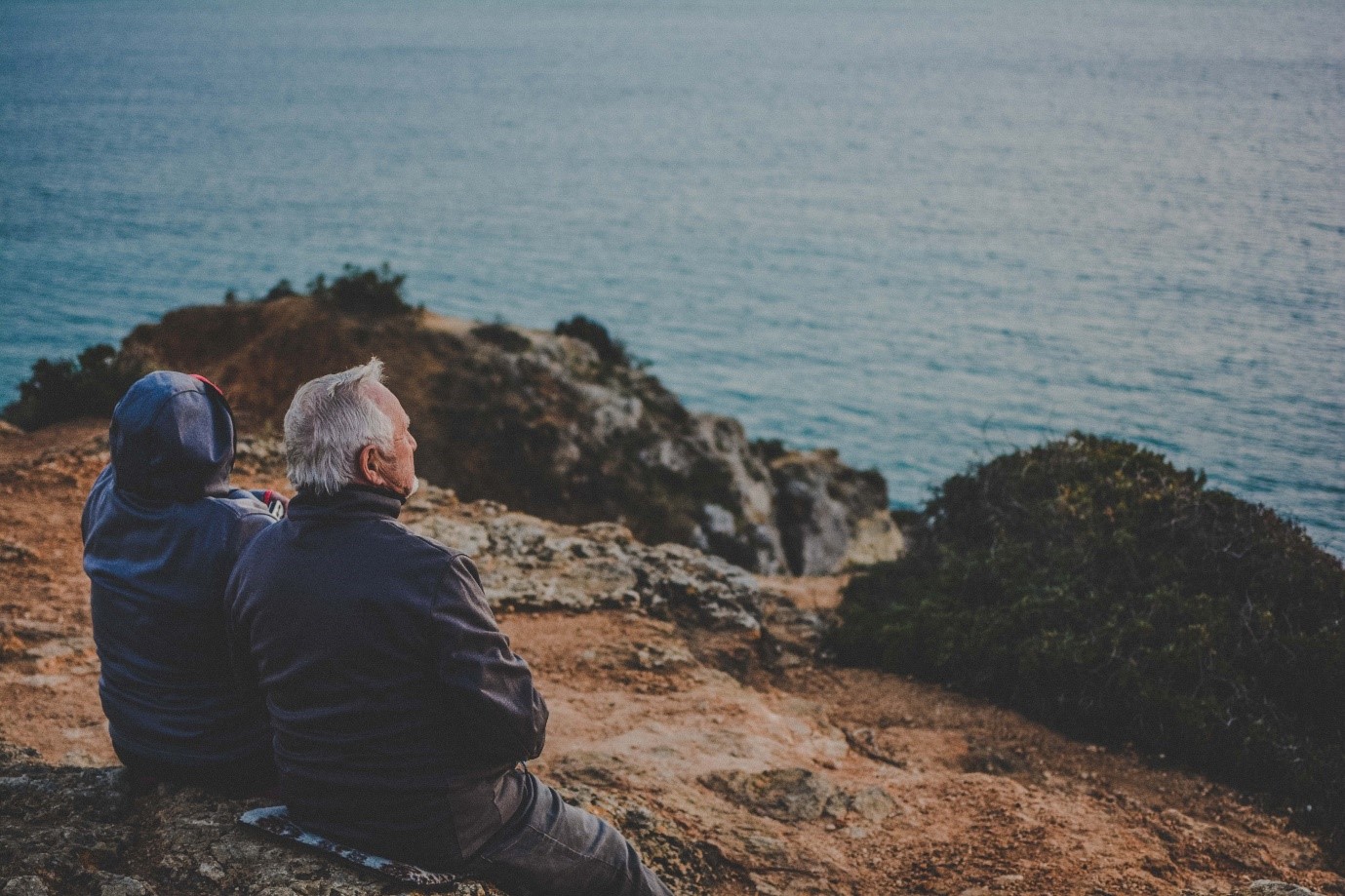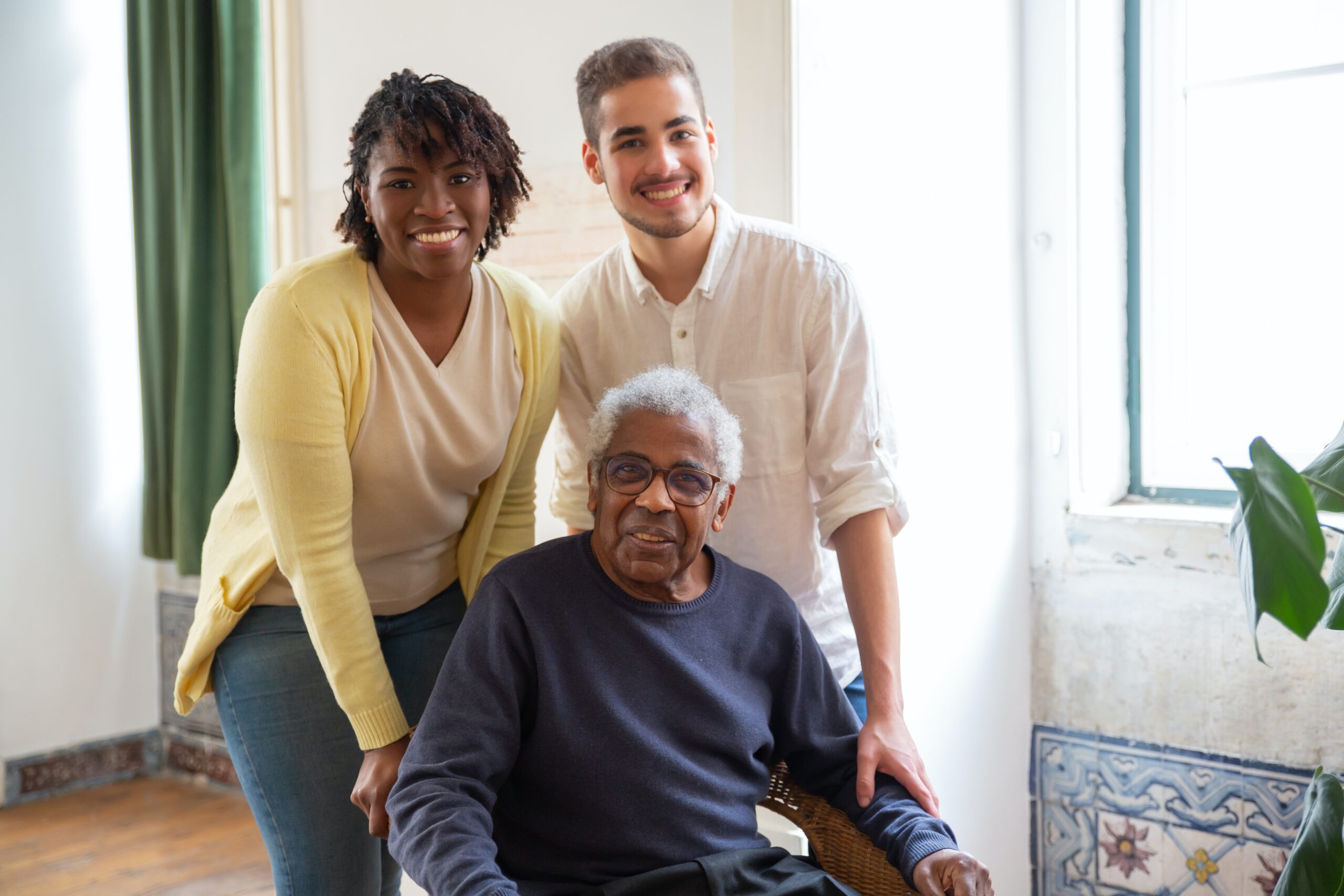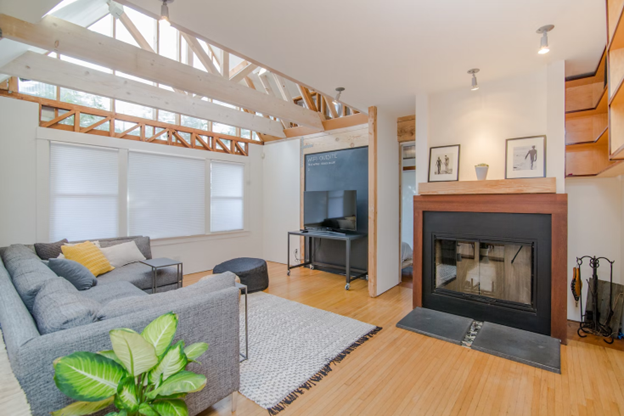Accidental falls can occur at any age. But where only 18% of young people suffer a fall, the number doubles for seniors. A fall in later life can be complicated by serious fractures and head injuries. It can even lead to loss of life. But there are many simple measures you can implement to reduce a senior’s risk of an unexpected fall.
1. Decluttering the Home –
Seniors need an environment that’s orderly and clutter-free. But a lifetime’s possessions can often be filling every corner of the home. You might need to be very persuasive in helping to discard unwanted items. Pack away sentimental memorabilia into drawers and closets where they can be easily accessed. Large pieces of furniture that could be blocking doorways and corridors should be removed. Threadbare carpets and ceramic or marble tiling are particularly hazardous and should be disposed of. The best flooring for seniors is usually non-slip vinyl. It’s cozy, very durable, and easy to clean. However, avoid the temptation of adding thick rugs with a deep pile. They affect stability and are easy to trip over.
2. Install Safety Devices –
Loss of balance through Ménière’s disease or weak muscle tone increases the risk of seniors suffering a fall. But you can still help prevent a fall. Simply avoiding fast movement can help reduce losing your balance. Always take time to adjust to standing up before beginning to move forward. Installing safety equipment provides features that seniors can grip to increase stability and maintain balance. Once you’ve decluttered, fix grab rails along the length of walls, particularly in corridors leading from one room to another. Grab rails around doorways are also useful as they provide steadiness while turning handles or keys. However, fixing handrails to both sides of a flight of stairs is vital. Seniors have three times the risk of serious injury if they fall while on a staircase. And descending stairs is worse than going up. Alternatively, install a chair-lift or try to relocate the bedroom to a downstairs location. In the bathroom, a shower bench is ideal for sitting safely while showering. Easy to reach grab rails should be fixed near bathtubs.
3. Tidy Equipment –
Some medical conditions such as rheumatoid arthritis or Parkinson’s disease make movement slow, painful, and difficult. The use of equipment to help seniors raise from chairs and beds is often inevitable. Useful accessories such as a sit-to-stand lift usually have extended floor supports to ensure the equipment stays firm and balanced. Always check that protruding sections are positioned where they can’t be accidentally tripped over. Take care to fix trailing power cables from televisions and computers so they are out of harm’s way. If you are a caregiver, ensure any hand-held equipment is tidied away after use. When cleaning, ensure furniture such as footstools are returned to their usual positions.
4. Improve Lighting –
No one’s eyesight is ever as sharp in later life. Conditions such as cataracts and macular degeneration further reduce the ability to see clearly. Dark, gloomy rooms, hallways, and stairwells are hazardous and contribute to many unexpected falls. Ask a qualified electrician to install additional light fittings on walls and ceilings to make rooms brightly illuminated. Extra light switches that are easy to reach are useful, particularly when positioned near doorways. Alternatively, invest in Smart technology. Through voice control, it’s easy for seniors to issue commands before they have even stood up. They can switch on lights exactly where they are needed most. Lights can also be dimmed or brightened depending on their location and use.
5. Healthy Lifestyle –
As the years advance, it’s wise to take regular exercise to keep your body supple and lessen the risk of falling. Exercise with weights to improve muscle tone. Gentle stretching exercises such as Tai Chi help maintain balance. Adopting a healthy, nutritious diet helps prevent weak bones and osteoporosis. Obesity is a major contributor to falls in seniors. Try losing weight and use a high back chair that provides additional space for increased stability. Avoid wearing loose, trailing clothing that can accidentally become caught on furniture or tangle beneath your feet when standing up. Footwear should have anti-slip soles and low, wide heels to improve balance. If relaxing at home, choose comfortable socks with special rubberized sections for improved grip.
Conclusion –
Preventing falls in older adults can be successful by introducing some simple measures. Decluttering and keeping the home tidy is an excellent start. Safety equipment and improved lighting help seniors move easily around their homes. Following a healthy lifestyle also helps minimize the risk of serious injury if an unexpected fall occurs.
Author Bio: This article was written by Conor O’Flynn of O’Flynn Medical. O’Flynn Medical are the leading supplier of medical equipment in the UK and Ireland.
Photo by Katarzyna Grabowska on Unsplash











